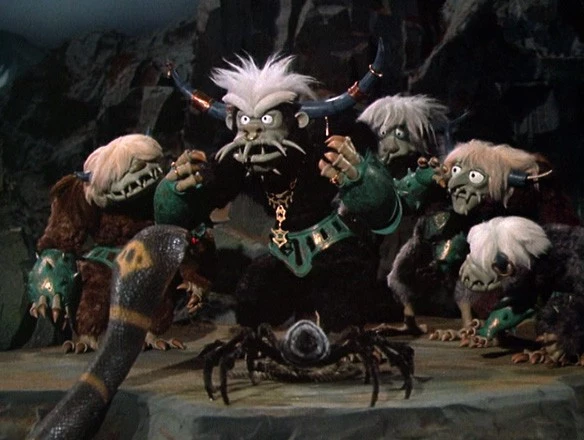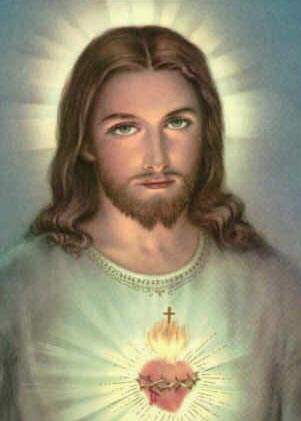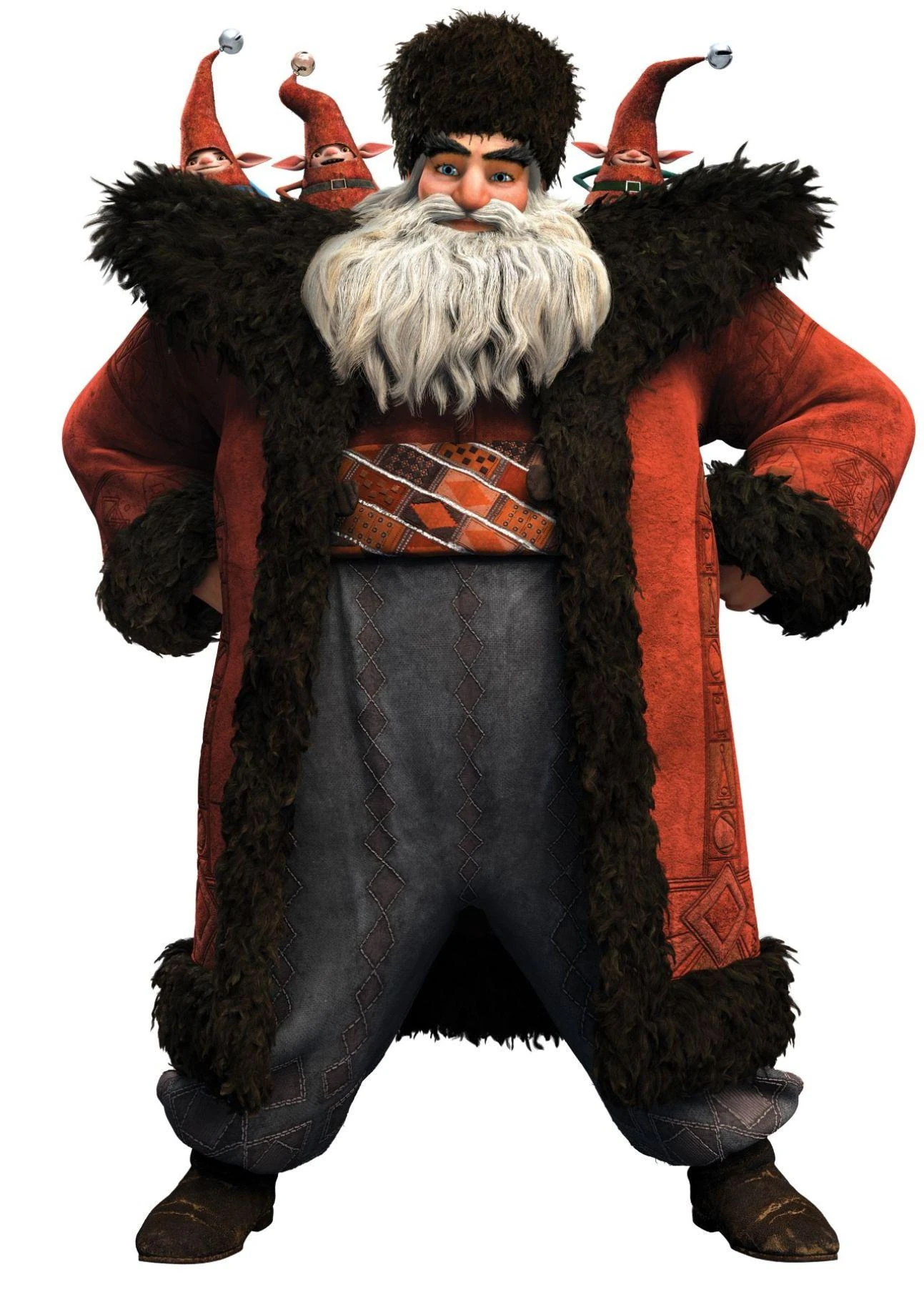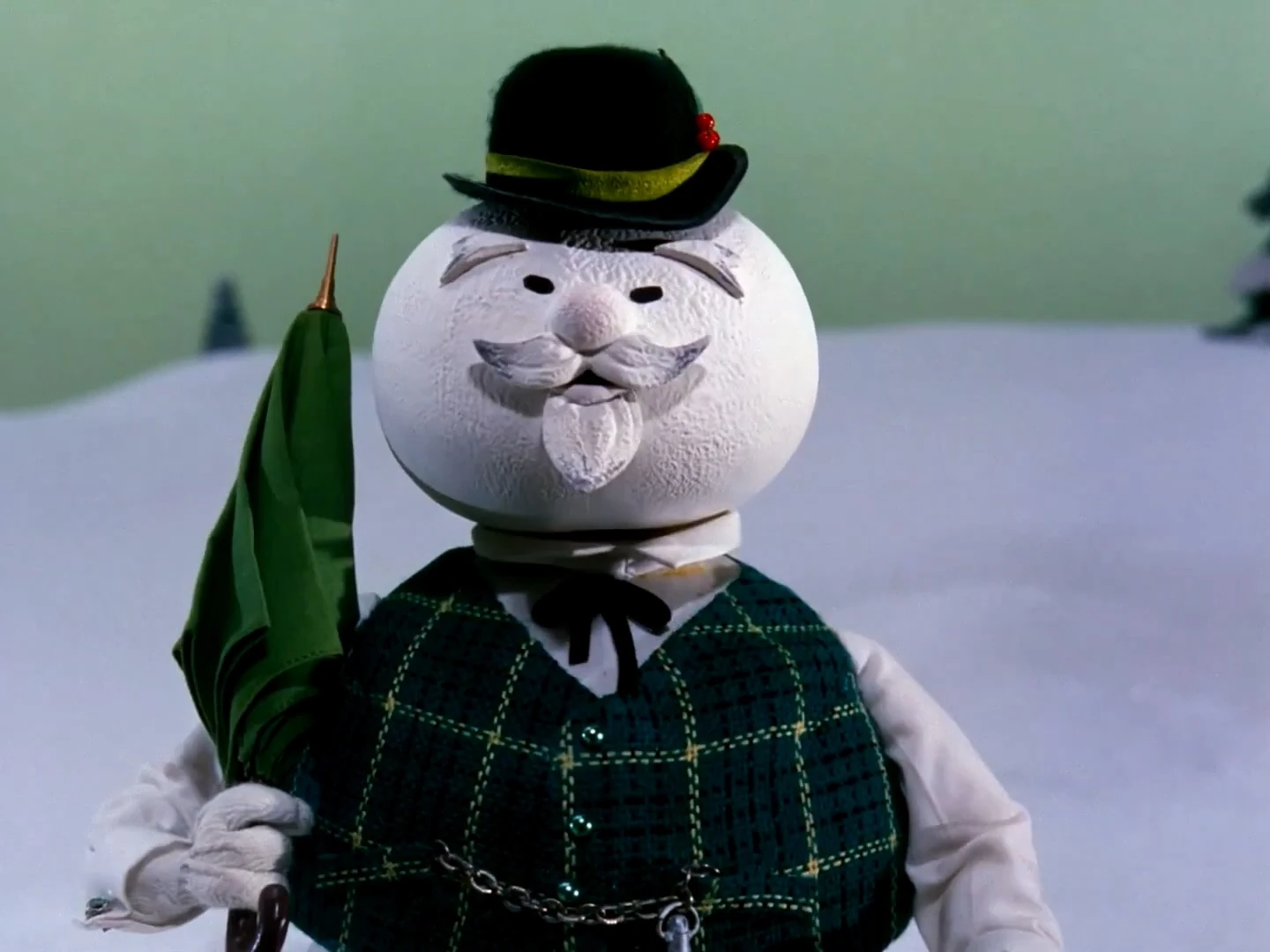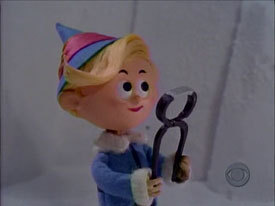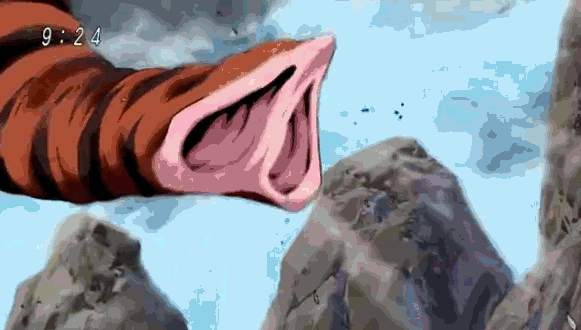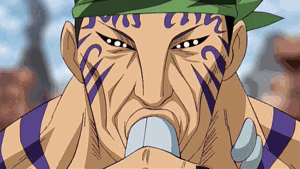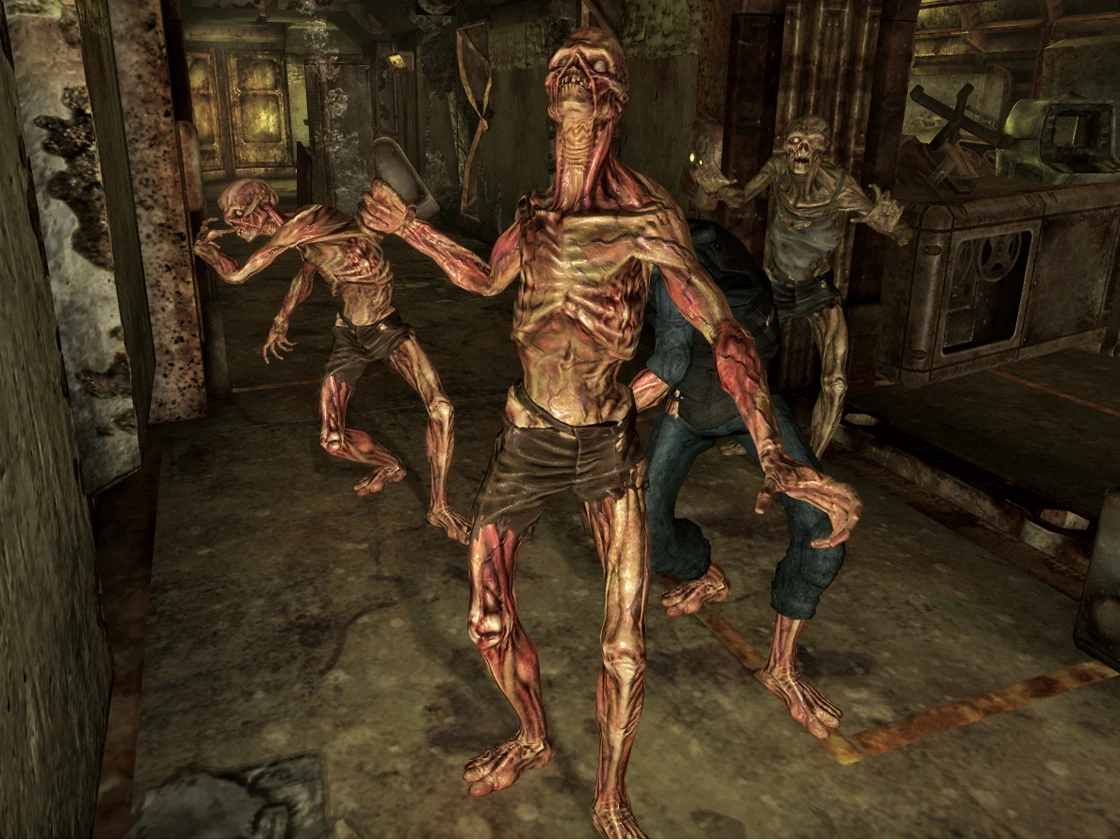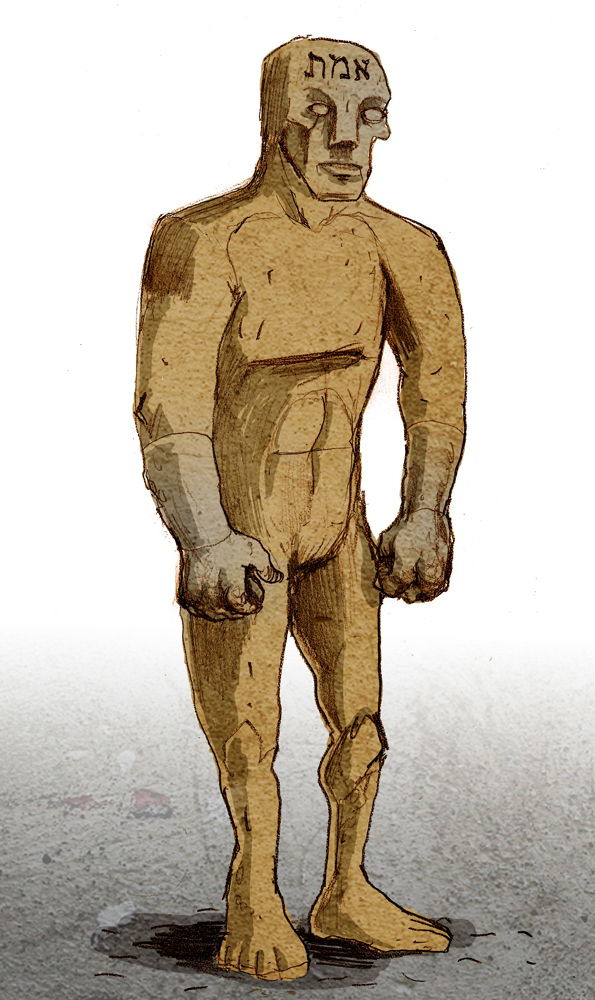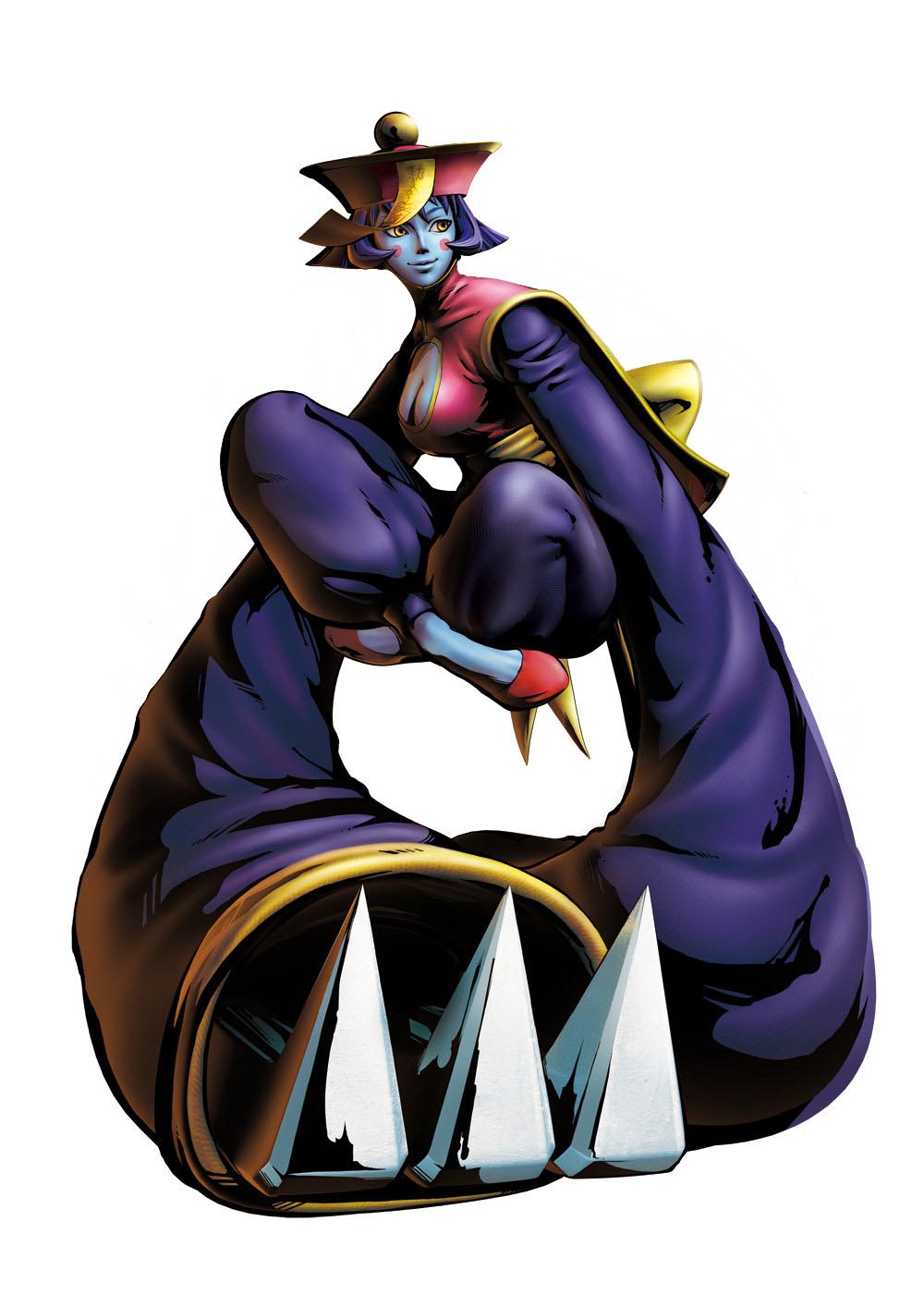Finishing up this month's dedication to Rankin/Bass Productions is another adaption of a Santa Claus story, this time by the writer of the 'Wizard of Oz', L. Frank Baum. Those familiar with Baum's work will note that this story came inbetween Oz books, 'The Wonderful Wizard of Oz' and 'The Marvelous Land of Oz'.
(With how many he has written about Oz, its surprising to see so many different stories.)
Quite frankly, its one of my favorite specials released by Rankin/Bass to be done in stop motion. So, lets not waste anymore time by diving into 'The Life and Adventures of Santa Claus'.
We open the story with the Great Ak, an immortal leader of forest dwellers, who has been arranging a meeting with other immortals to decide the fate of Santa Claus. It actually begins with a really great opening involving the introduction of other immortals (who will, much like us, will listen to Ak's tale of Santa Claus).
(Words cannot do it justice)
Ak begins his tale of finding the baby Claus in his forest during a cold winter. While initially unsure of what to do with the child, one of the nymphs, to take care of Claus. Claus ended up growing up under the watchful eye of Necile, as well as a lioness named Shiegra and the sound imp Tingler. When Claus reached maturity, Ak took the young man on a journey through the world of man, showing him the different flaws they possess like greed and selfishness. Wanting to help better the world, Claus decides to strike out on his own to help.
Accompanied by Shiegra and Tingler, he reaches the Laughing Valley and lives in that town for many years. While helpful, he feels he never really made much of a difference in the world through his work. He does end up rescuing a child in a snowstorm and creates a wooden cat while the kid recovers. They later end up calling it a 'toy' and soon becomes quite popular in the Laughing Valley. However, this brings the attention of the Awgwas, a race of monsters that-
(Gah! Not again!)
-that can turn invisible and make kids behave badly. Despite their warnings and attempts to stop Santa and his group, Claus keeps pushing to make his toys. Eventually, it gets the attention of the Great Ak, leading to a great battle between Ak and his forest allies against King Awgwa and his horde of monsters and minions.
It gets very 'Lord of the Rings' here, at least with it being a major conflict that needs to be resolved. It may not seem like much when just as stop motion, but Ak and his immortal allies certainly prove that their magic and sticks can overwhelm the Awgwas' forces.
Santa Claus would return to delivering toys, even acquiring flying reindeer to help pull his heavy. Unfortunately, as the years go by and age catches up to him, it becomes clear that Death would claim Claus sooner or later.
So, back at the meeting of the immortals, Ak calls to a vote if Claus is worthy to be bestowed the 'Mantle of Immortality', which would allow him to continue his efforts. The result is unanimous and so the mantle is bestowed.
Final Thoughts:
I know it feels like another simple wrap-up like the previous special, but there is a lot more to this special than you'd think at first. It still retains a timeless quality to it that, along with the numerous fantasy elements, makes it a real stand out of the Rankin/Bass stop-motion.
Claus himself isn't too different, preferring to take things on a more passive route rather than attempting full on violence (especially after seeing what other humans were like). The other designs for the monsters, immortals and even beasts were easily distinguishable and gave them their own personality of sorts as well (since many did not have any speaking lines).
As an adaption, things had to be cut out, like the lioness Shiegra being able to talk or Claus' deal with the reindeers involving them with the character Peter Nook (he shows up in the special, but not as shrewd as he was in the book). Still, many pure-heart readers of Baum's original stories enjoyed this just as well, even taking into account of the changes.
Despite its major action scene, the special does have a slow pace that not many people would like, as well as a few characters that feel a bit 'forced' in terms of humor. Its not perfect, but it is certainly good.
Hope you enjoyed this look at some 'Rankin/Bass' specials and have a wonderful end to 2015.
See you in the year 2016...
So, back at the meeting of the immortals, Ak calls to a vote if Claus is worthy to be bestowed the 'Mantle of Immortality', which would allow him to continue his efforts. The result is unanimous and so the mantle is bestowed.
Final Thoughts:
I know it feels like another simple wrap-up like the previous special, but there is a lot more to this special than you'd think at first. It still retains a timeless quality to it that, along with the numerous fantasy elements, makes it a real stand out of the Rankin/Bass stop-motion.
Claus himself isn't too different, preferring to take things on a more passive route rather than attempting full on violence (especially after seeing what other humans were like). The other designs for the monsters, immortals and even beasts were easily distinguishable and gave them their own personality of sorts as well (since many did not have any speaking lines).
As an adaption, things had to be cut out, like the lioness Shiegra being able to talk or Claus' deal with the reindeers involving them with the character Peter Nook (he shows up in the special, but not as shrewd as he was in the book). Still, many pure-heart readers of Baum's original stories enjoyed this just as well, even taking into account of the changes.
Despite its major action scene, the special does have a slow pace that not many people would like, as well as a few characters that feel a bit 'forced' in terms of humor. Its not perfect, but it is certainly good.
Hope you enjoyed this look at some 'Rankin/Bass' specials and have a wonderful end to 2015.
See you in the year 2016...

